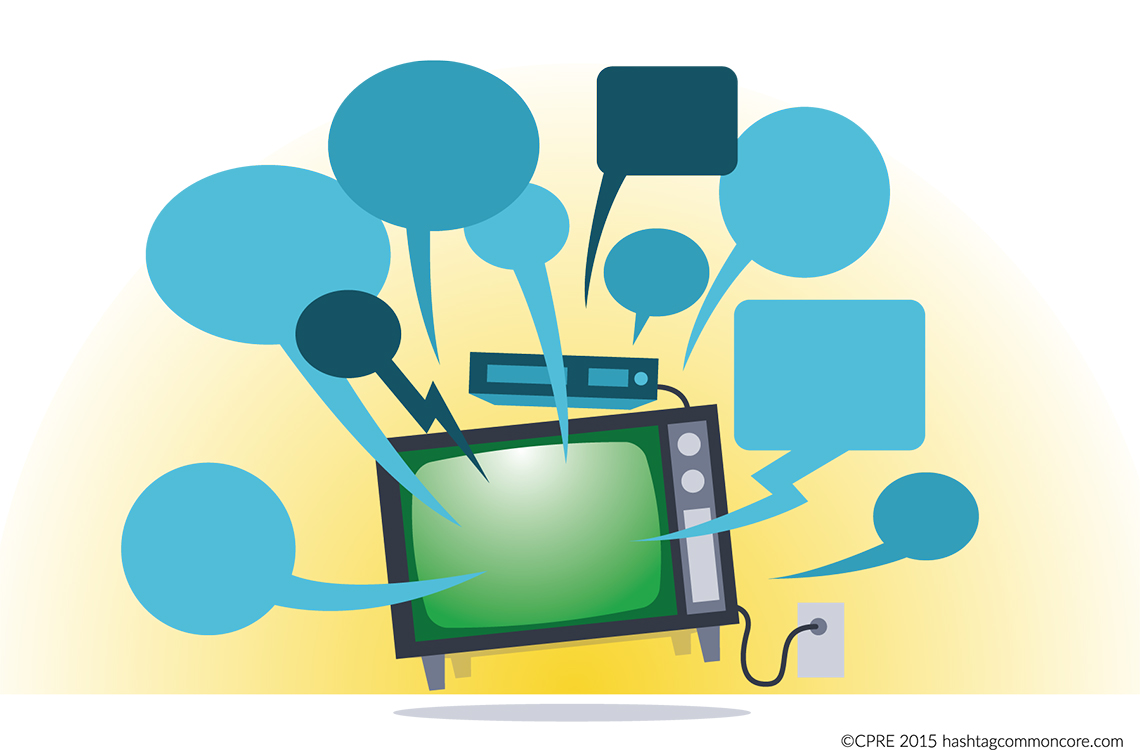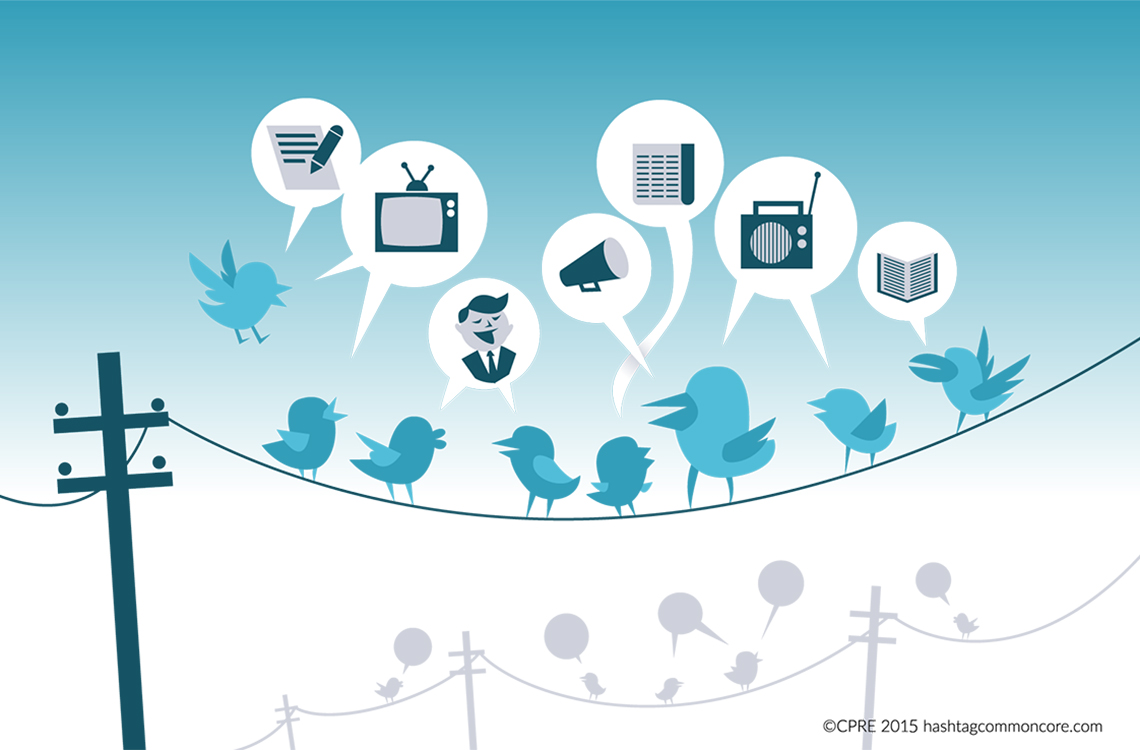The Evolution of Media in Politics

The role of the media in shaping political opinion has changed dramatically over the past 60 years, as the populace has grown both more sophisticated and more fragmented. Before World War II, radio and newspapers were the dominant forms of mass communication. Franklin Roosevelt’s famous fireside chats were a central means of messaging, and newspaper circulations were at an all-time high. In the 1950s, researchers Paul Lazarsfeld and Elihu Katz observed that mass media influenced opinion leaders, who in turn influenced their followers, the general public.1 They called this process the two-step flow model to indicate that public opinion was developed through a cascading process.
As network television became more dominant in the 1960s and 70s, the three major networks—CBS, NBC, and ABC—molded public perceptions to an unprecedented degree in what became known as agenda setting. In one famous study that was replicated many times, McCombs and Shaw2 demonstrated the overwhelming alignment between what residents in Chapel Hill, North Carolina, thought were the most important election issues of the day and what the news media reported were the most important issues. The public depended heavily on the three dominant networks to stay abreast of national and international news, and because of this, the media had tremendous influence in molding public opinion.
Proliferation of Media Outlets
With the advent of cable television in the 1980s, the proliferation of channels led to a fragmentation of audiences. Cable news, talk radio, and 24-hour all-news outlets competed for attention with increasingly brazen and partisan reporting. The wide array of available media choices caused audiences to increasingly fracture as people tended to avoid information that diverged from their worldview, instead seeking out information that was consistent with their preexisting attitudes and beliefs.3 In this context, it is not hard to see why many political scientists have argued that the expansion of available news sources has increased political polarization.4

In today’s media landscape, the Internet and social media sites such as Twitter and Facebook provide even more opportunities for audiences to splinter as members with similar views have increasing access to each other. And there are some distinct differences between the media landscape at the end of the last century and the social media era we are in today. The growth of cable television in the 1980s and 1990s was still essentially unidirectional from “elites” to general audiences because of the content control of mass media and passive forms of viewing. Social media, however, allows members to actively voice their opinions and engage directly with each other.
Some researchers, including Valenzuela, Park, and Kee, view social media as a new opportunity for political participation, free flow of information, and broader democratic mobilization.5 Others, like Roodhouse, view social media sites as nothing more than discursive information flows and echo chambers where the fervent can shout with each other.6

Thus, Twitter is in many ways the perfect platform for examining the ways in which social media are influencing the Common Core conversation in the United States. Twitter is a free, online, and global communication network that combines elements of blogging, text messaging, and broadcasting. One of the most valuable aspects of Twitter is its evolving nature to be, “a media of intersection of every media and medium.”7
References
- Lazarsfeld, P.F. & Katz, E. (1955). Personal influence . New York: Free Press.
- McCombs, M. E., & Shaw, D. L. (1972). The agenda-setting function of mass media. Public Opinion Quarterly , 36 (2), 176-187.
- Mutz, D. C. (2006). Hearing the other side: Deliberative vs. participatory democracy . New York: Cambridge University Press.
- Bennett, W. L., & Iyengar, S. (2008). A new era of minimal effects? The changing foundations of political communication. Journal of Communication, 58(4), 707-731.
- Valenzuela, S., Park, N., & Kee, K. F. (2008). Lessons from Facebook: The effect of social network sites on college students’ social capital. In 9th International Symposium on Online Journalism, Austin, TX . Retrieved from https://online.journalism.utexas.edu/2008/papers/Valenzuela.pdf
- Roodhouse, E. A. (2009). The voice from the base(ment): Stridency, referential structure, and partisan conformity in the political blogosphere. First Monday, 14 (9).
- Dorsey, J. (2012). “Twitter takes the pulse of the planet. It’s the intersection of every media & medium,” Twitter, November 15, 2012. Retrieved from http://twitter.com/TwitterAds/status/269129576318386177


